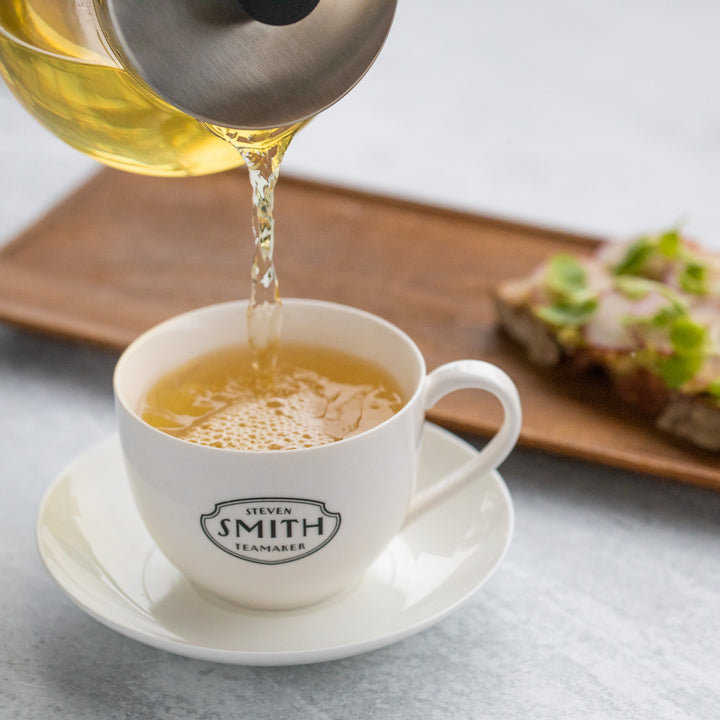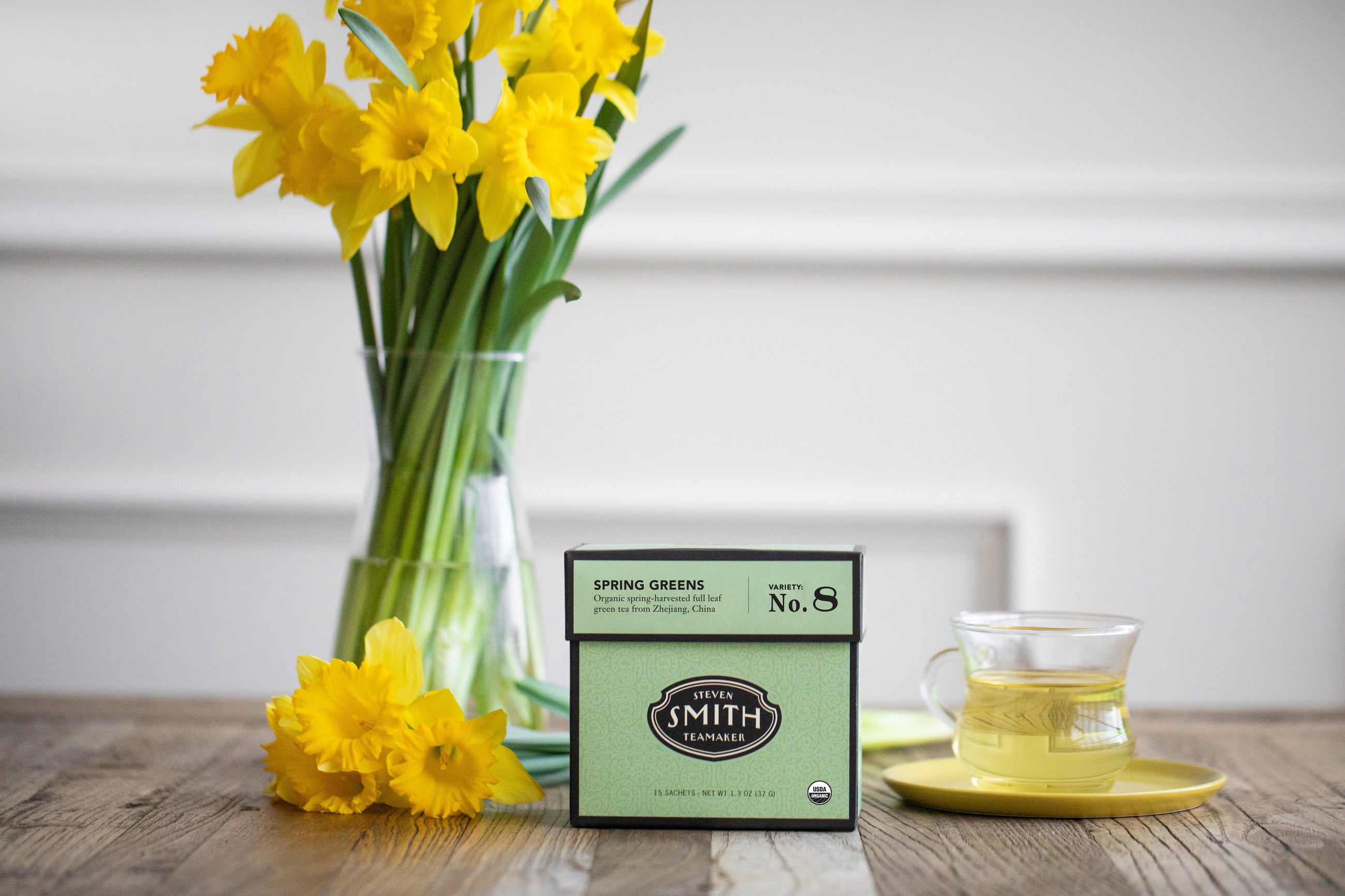Tea had its genesis in China, and green teas have been enjoyed all over the world for thousands of years. All teas come from the same bush, the Camellia sinensis plant, and different types of tea emerge as the leaves are processed in certain ways. Tea leaves can be specifically classified as green tea if they are unoxidized. Read below to find our guide on how to brew green tea, then head over to our green tea collection to choose which green tea you'd like to steep first.
Gifting has never been easier.
Enter your message, then select when and how to send it (email or SMS).

